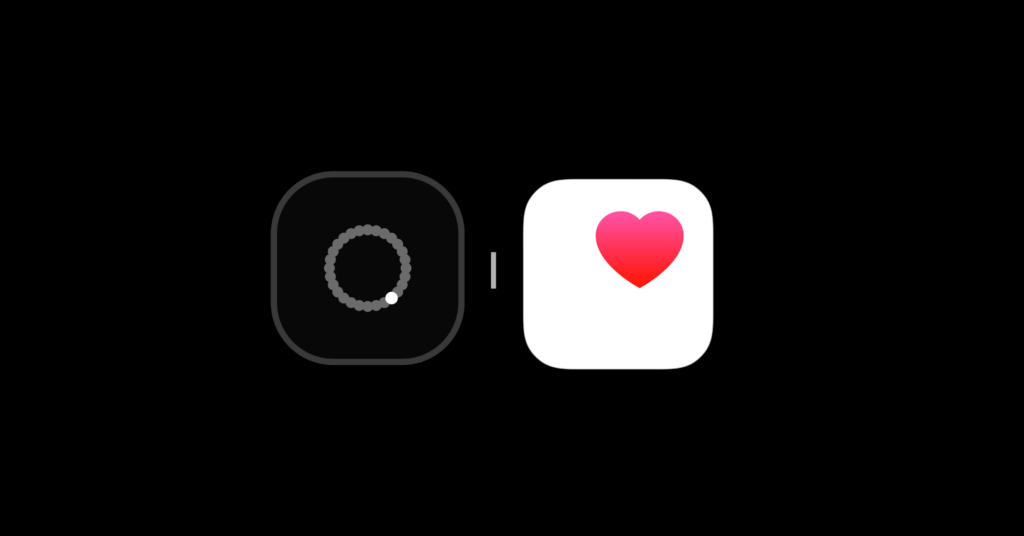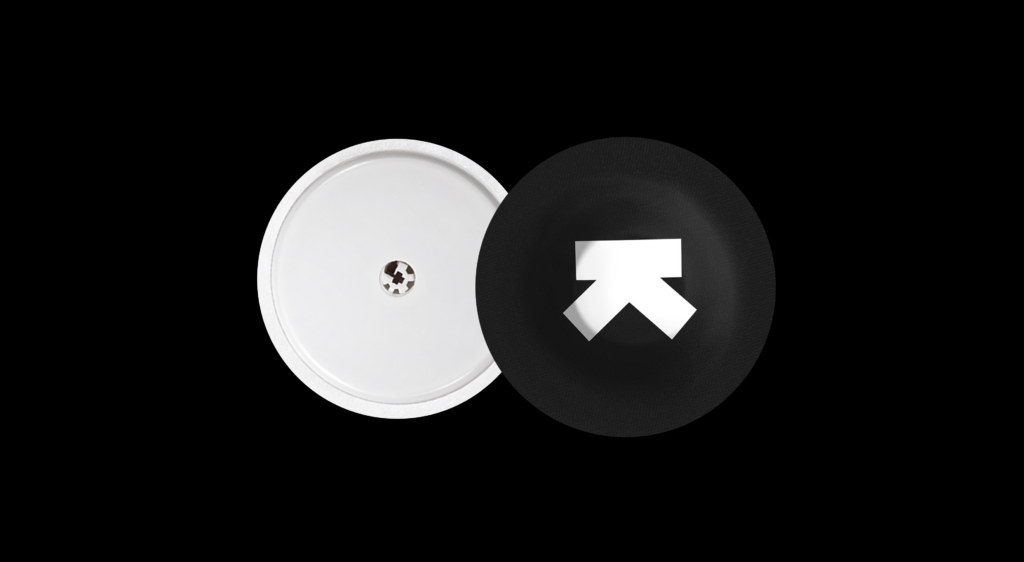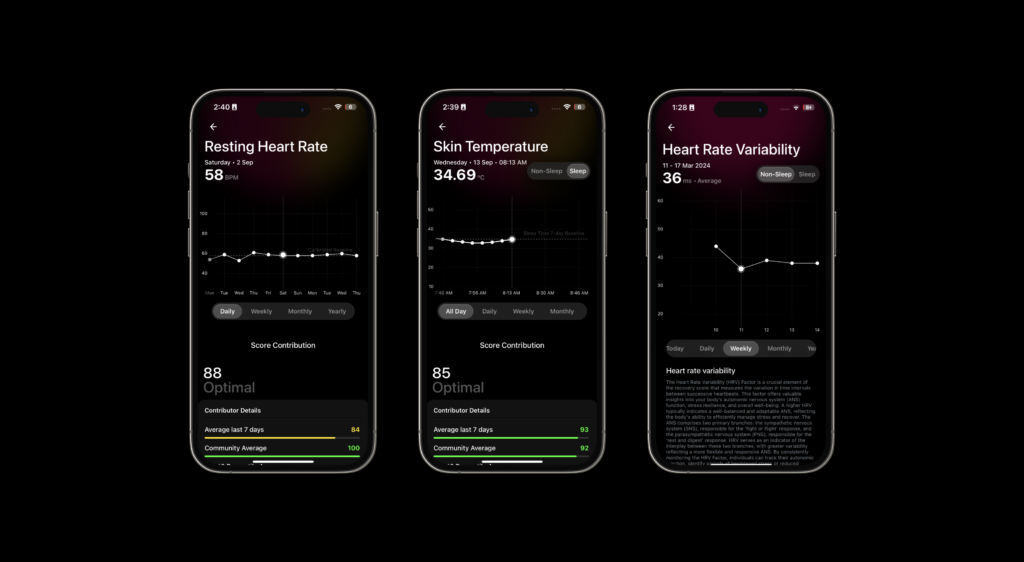Sleep isn’t just about feeling well-rested; it is actually a vital time for your body to repair itself from head to toe. Sleep has been preserved across all species and is important for your very survival. Getting enough sleep helps the brain develop and remember things, keeps the immune system strong to fight off illness, and regulates metabolism. Conversely, not getting enough sleep has been linked to a whole host of health problems, from heart disease and diabetes to mental health conditions like depression.
Sleep Apnea is widespread and insidious in its health impacts
Any condition that disrupts normal sleep patterns is considered a sleep disorder. The American Psychiatric Association identifies eight broad categories1 based on sleep volume, sleep timing, sleep rhythm disruption and breathing-related sleep disorders.
A major class of breathing-related sleep disorders is called Sleep Apnea (SA). SA has two predominant forms namely: Obstructive Sleep Apnea (OSA) and Central Sleep Apnea (CSA). SA is a widespread condition that affects an estimated 1 billion people between the ages of 30-70 years worldwide2.
OSA occurs when upper passages of the respiratory tract are blocked causing the person to stop breathing for periods ranging from 10 seconds to a full minute, often hundreds of times a night3.
CSA develops when muscles and nerves that regulate breathing are disturbed causing irregular breathing patterns as well as complete pauses in breathing 3.
OSA and CSA symptoms span a wide range in both variety and severity, making diagnosis challenging and often milder cases go undiagnosed. It is estimated that about 60-80% of SA remains undiagnosed and untreated as people just learn to “cope with it” 4,5. While the symptoms themselves may not intensify, the impact of low-grade chronic sleep disruption has a much more insidious danger of contributing to conditions such as heart disease, hypertension, stroke, and diabetes and often gives rise to mood disorders, impacting the quality of life severely 6.
In the USA, there has been a 27% increase in diagnosis over the past 20 years driven not only by better testing methods for detecting SA, but also by an increase in weight and lifestyle deterioration which includes: disrupted sleep patterns and reduced exercise 2.
Integrating consumer wearables with medical-grade therapies to extend the range of Sleep Apnea treatment
At the heart of SA treatment is the use of continuous positive airway pressure (CPAP) and similar devices. These are provided after a positive SA diagnosis is made and patients start a lifelong follow-up and monitoring program to manage their condition. Often it is challenging for both, patients and healthcare providers, to derive a continuous picture of treatment response. This can cause adherence issues.
In addition, patients are also required to make corrective lifestyle changes such as eating healthy, managing weight, and improving daily exercise. Monitoring health metrics in a long-term manner via regular medical appointments is not always possible and increases friction in maintaining treatment.
Hence wearables, for tracking day-time activity, breathing, heart rate and sleep metrics, provide supportive data streams to analyse treatment-related improvements for patients and healthcare providers.
This forms the foundation of a novel partnership between SleepQuest– a trailblazer in sleep health, providing access to convenient and effective care to those suffering from SA for the last 30 years and Ultrahuman’s platform, including the Ring AIR device (the world’s lightest consumer grade sleep tracker).
Combining diagnosis and monitoring, are two foundational pillars of recovery and rehabilitation. This SleepQuest and Ultrahuman partnership extends the detection range of apneas. It is tuned to pick up even the smallest of signs and expand the follow-up process by providing continuous remote patient monitoring and pre-empting the drop-off points in treatment, which are major challenges for healthcare providers.
The upcoming launch of Ultrahuman Home, to monitor home environment contributors to sleep, promises to enhance this collaboration further.
Conclusion
With the evolving nature of patient care and personalised treatment plans, the need for personalised biomarker tracking has emerged as a critical need. This partnership between Ultrahuman and SleepQuest heralds a novel way to support individuals coping with SA through continuous, accurate and timely insights.
More information on the SleepQuest ecosystem can be found here.
Reference
1- Psychiatry.org- Link. Accessed on 28-05-24
2- National Council of Aging- Sleep Apnea review. Link. Accessed on 28-05-24
3- Mayo Clinic Sleep Apnea Information. Link. Accessed on 28-05-24
4- Knauert M, Naik S, Gillespie MB, Kryger M. Clinical consequences and economic costs of untreated obstructive sleep apnea syndrome. (2015) World J Otorhinolaryngol Head Neck Surg. 1(1):17-27.PMID: 29204536
5- sleepfoundation.org –Link– Accessed 28-05-2024
6-André S, Andreozzi F, Van Overstraeten C, et al. Cardiometabolic comorbidities in obstructive sleep apnea patients are related to disease severity, nocturnal hypoxemia, and decreased sleep quality. (2020) Respir Res. 21(1):35. PMID: 31996224.








